If you see yellow and brown leaves on your rose bushes, it can be concerning. You may not know what to do or why this is occurring in the first place; thankfully, we have just the solution! This blog post will explain why rose leaves may turn yellow or brown and offer professional advice on how to restore their health. We understand how important aesthetics can be when growing roses — no one likes having less-than-perfect plants – so we want to help ensure that your beauties don’t succumb to any ill effects. Read on to explore exactly what could be causing those wilted petals as well as our top recommendations for running health checks and restorative treatments needed for your roses!
Rose Leaves Turning Yellow and Brown: Reasons
Too much fertilizer
Fertilizer can cause rose leaves to turn yellow and brown. It may be that you’ve over-fertilized your roses, causing a build-up of too much salt in the soil. Another possibility is that the type of fertilizer you’re using is not suitable for roses.Inadequate sunlight. For roses to grow well, they require a minimum of 4 hours of direct sunlight every day. If your roses are receiving too little light, their leaves will lose their vibrancy and start to turn yellow and brown. Additionally, if you have recently planted your roses in a new place, they may not have had time to adjust to the amount of light they are receiving there yet. [1]
Soil drainage issues
Yellow and brown rose leaves can be a result of poor drainage. If the soil drains too slowly, it can lead to a build-up of water which will prevent the roots from absorbing essential nutrients, causing the leaves to look sickly.
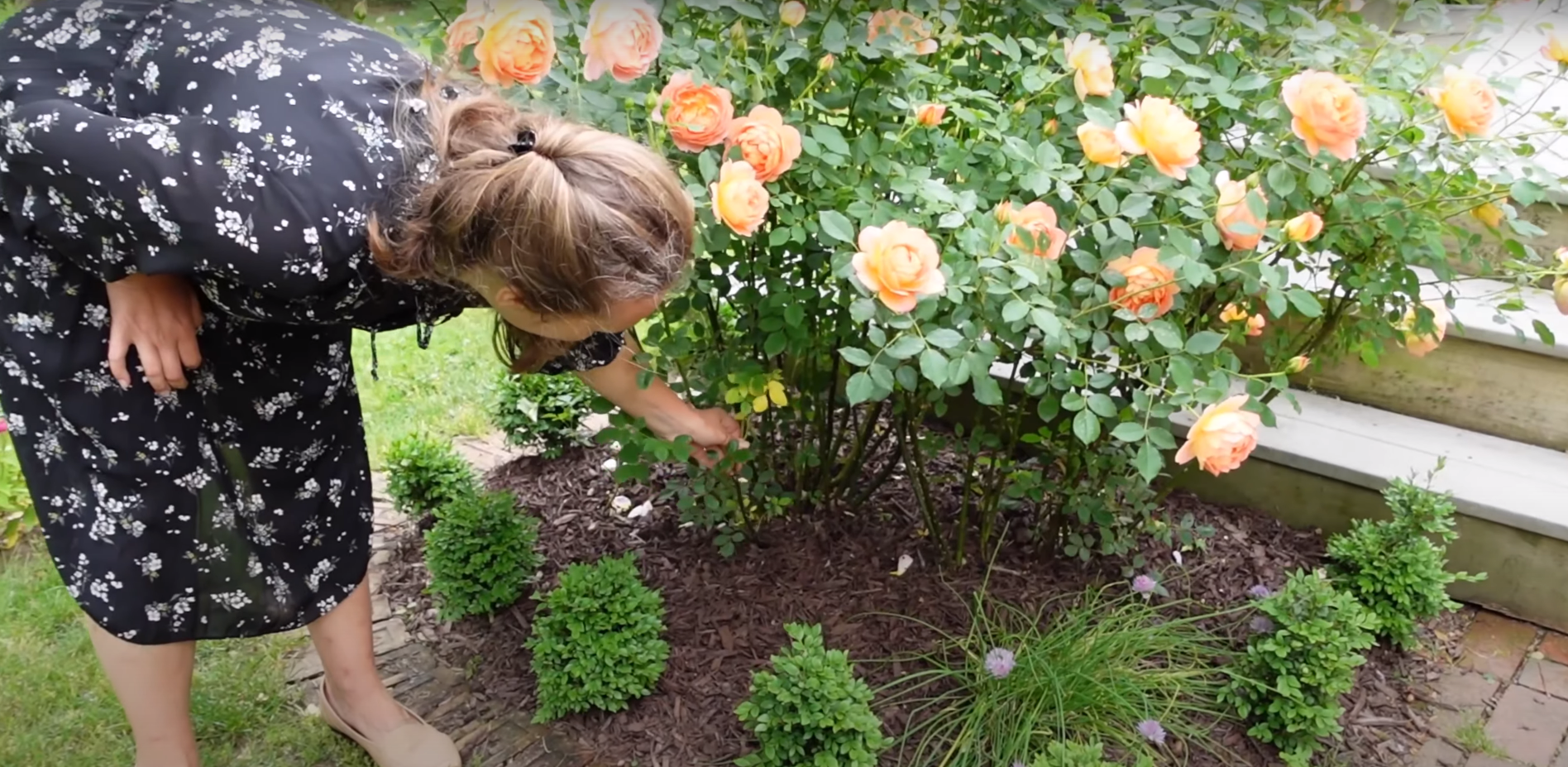
Diseases
Diseases such as black spot or powdery mildew can also lead to yellow and brown leaves on a rose plant. If you suspect your roses are infected with a disease, it’s important to act quickly as these infections can spread rapidly throughout your garden if left untreated.
Insect infestation
Insect infestations can also be responsible for rose leaves turning yellow and brown. Common culprits include aphids and spider mites which feed on the sap of plants. These pests can be tough to get rid of, so it’s best to identify the culprit and treat accordingly.
Drought stress
Rose leaves may turn yellow and brown due to drought stress. Check the soil around your rose bush for dryness. If it is dry, water deeply, allowing the water to reach the roots where it will be absorbed. Avoid over watering as this can also cause leaf discoloration. Make sure your roses get at least an inch of water per week during hot summer months when rainfall is scarce or absent. Mulching with organic material helps conserve moisture in the soil and limit evaporation from the sun’s heat.
Overwatering
If you’re guilty of overwatering your roses, stop immediately. Overwatering encourages root rot and can cause yellow and brown spots on the leaves. Water the plants only when necessary and make sure the soil is completely dry before the next watering. Check the moisture level in the soil with a moisture meter or by digging into it with your fingers. If there is still enough moisture at a depth of several inches, wait until it dries out before watering again.
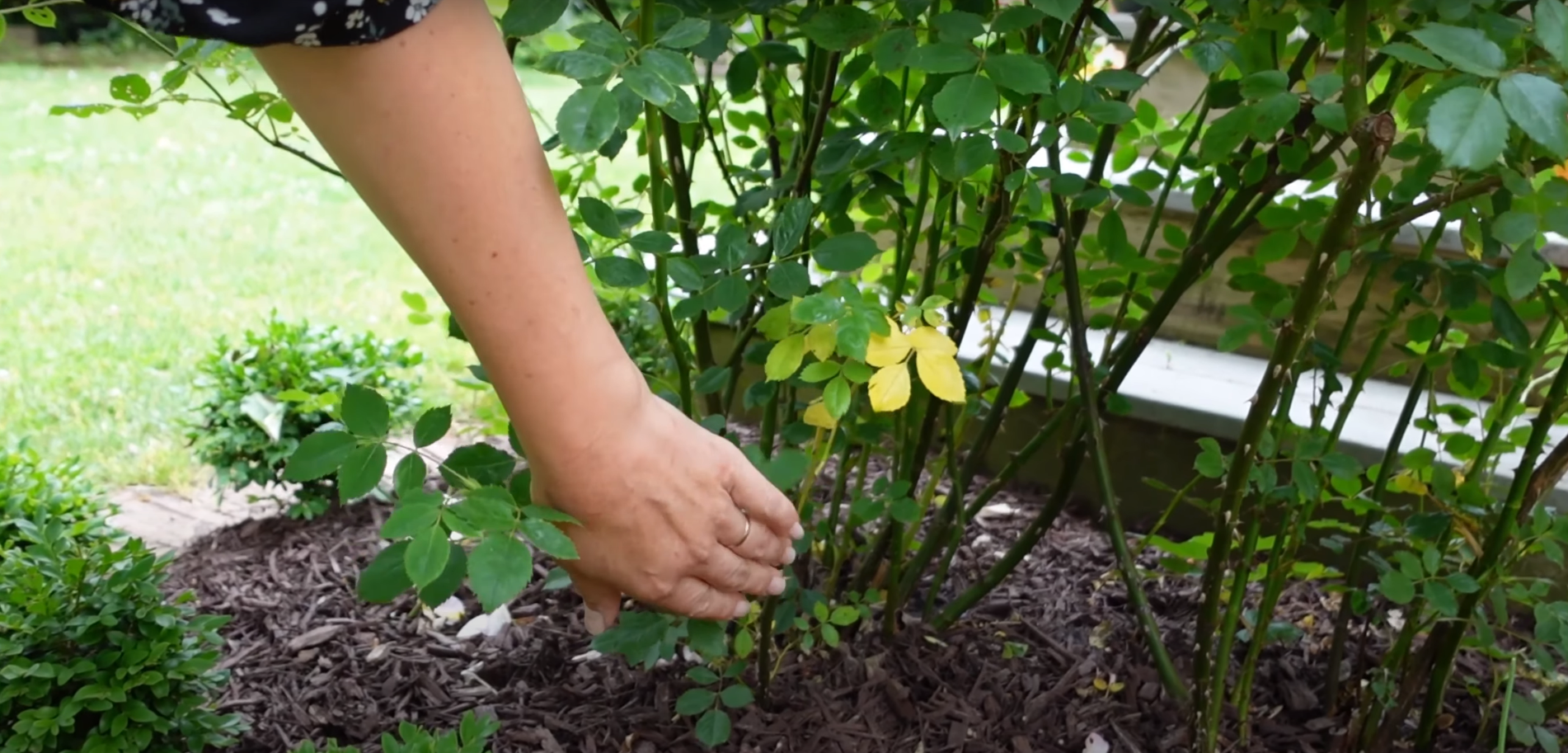
Deficiencies in the soil
It can be a major factor in why rose leaves are turning yellow and brown. When the soil lacks nutrients that roses need, leaf discoloration often occurs. To correct an imbalance, test your soil’s pH levels with a home testing kit and then adjust as necessary with soil amendments. You should also make sure your roses are receiving enough water, but not too much; if water is standing for extended periods of time around the base of the plant it could lead to root rot and other issues. [2]
Diseases that affect rose plants
Rose leaves can turn yellow or brown due to various diseases. Common rose pests and diseases include aphid infestations, black spot, powdery mildew, and rust. An insecticidal soap or horticultural oil spray can help get rid of bugs on the plant. Fungicides such as sulfur and copper oxychloride may be used to control fungal infections. If you’re uncertain what pest or disease is attacking your rose plants, take samples of affected leaves to your local garden center for diagnosis and treatment recommendations.
Pests that affect rose plants
Yellow and brown leaves can also be a result of it. Aphids, thrips, and spider mites are some of the most common pests that can feed on rose plants and leave their leaves discolored. To prevent or treat this problem, you should regularly inspect your roses for any signs of these pests. If caught early enough, manually removing the pests from your plants is an effective method for controlling them.
Insufficient sunlight
Rose plants need a lot of sunlight to stay healthy, and not getting enough can cause their leaves to turn yellow and brown. If you’re experiencing this problem in your garden, try moving the affected roses to a sunnier spot.
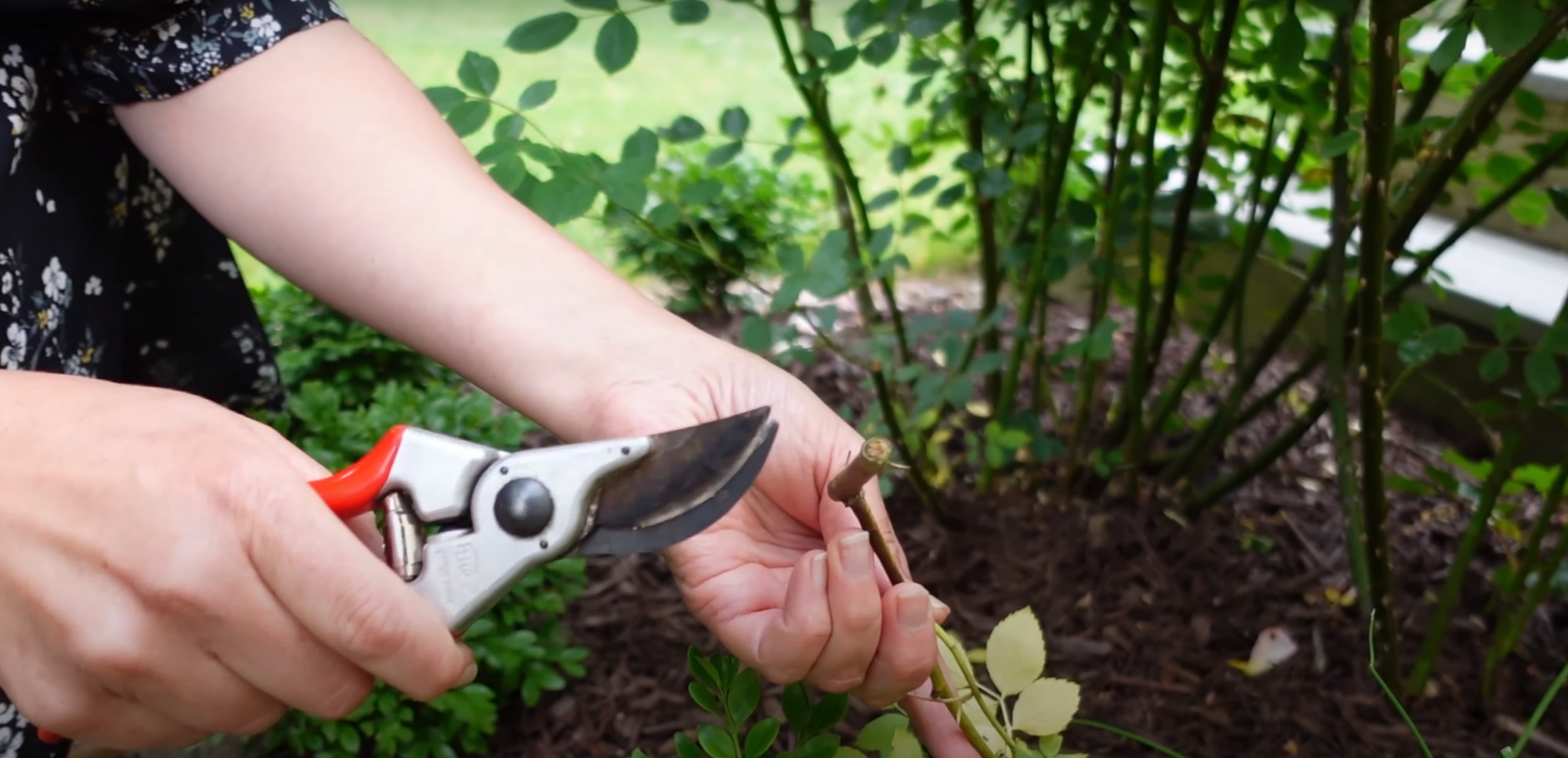
Dormancy
In colder climates, roses go dormant in the winter months. During that time, their leaves may turn yellow and brown as part of the natural process. In these cases, simply wait for warmer weather to arrive; when it does, your plants should start growing again and their colors will return to normal.
How to Fix?
If your rose leaves have turned yellow and brown, there are some steps you can take to try to fix the issue.
- Check for Signs of Pests: If you notice any bugs, spiders or other insects on your roses or in the soil around them, it could be an indication that they’re being attacked by pests. Treating these insects with an organic insecticide will help get rid of them and stop further damage from occurring.
- Prune Back Dead Branches: If you see dead branches on the rose bushes, it’s best to prune them away. This will allow new healthy growth to come through as well as give more access to light and air flow which is necessary for healthy rose bushes. [3]
- Add Fertilizer: Adding a fertilizer specifically designed for roses will help replenish any nutrients the soil has lost and provide your roses with the nourishment they need to flourish.
- Be Sure to Water Properly: Roses require regular watering, but don’t overdo it; make sure you give them enough water so that the soil is moist, but not soggy. Also, if possible, try to water in the morning so that any moisture left on the leaves can dry off during the day – wet leaves are more prone to disease and pests.
By following these steps, you should be able to get your roses back in tip-top condition!
Treating Yellow Rose Leaves
When the leaves on your rose bush start to turn yellow and brown, it is important to identify and address the underlying cause. If the yellowing is due to a soil-borne disease, you may need to treat your roses with a fungicide or other appropriate pesticide. Be sure to read and follow all instructions on the product label before applying any products to your plants. Additionally, try removing affected foliage from the plant in order to reduce further spread.
Finally, try to create a healthy environment for your roses by watering deeply but infrequently, mulching thoroughly around the base of the plant to keep soil moist and introduce organic matter into the soil every year. These steps should help to reduce any further yellowing or browning of leaves on your rose bush. With proper care and maintenance, you can ensure that your roses stay lush and vibrant!
More Tips for Treating Rose Leaves Turning Yellow and Brown
- Prune away yellowing leaves as soon as they appear, both to reduce spread of the issue and improve air circulation around your plant.
- Make sure your roses are getting enough sun – rose bushes need 6-8 hours per day for optimal growth and flowering.
- Monitor pH levels in the soil surrounding your plants, aiming for a slightly acidic balance between 5.5-7.0.
- Water accordingly – roses typically need 1-2 inches of water per week during dry spells, but too much moisture can lead to problems like root rot or fungal diseases.
- Keep an eye out for pests such as aphids, spider mites or other insects that may be affecting your plants and treat them as necessary.
- Add extra nutrients to your roses by applying compost or aged manure around the base of the plant. [4]
Following these steps should help you create a healthy environment for your roses and keep them growing strong! With proper care, you can ensure that your rose bushes continue to produce beautiful blooms.
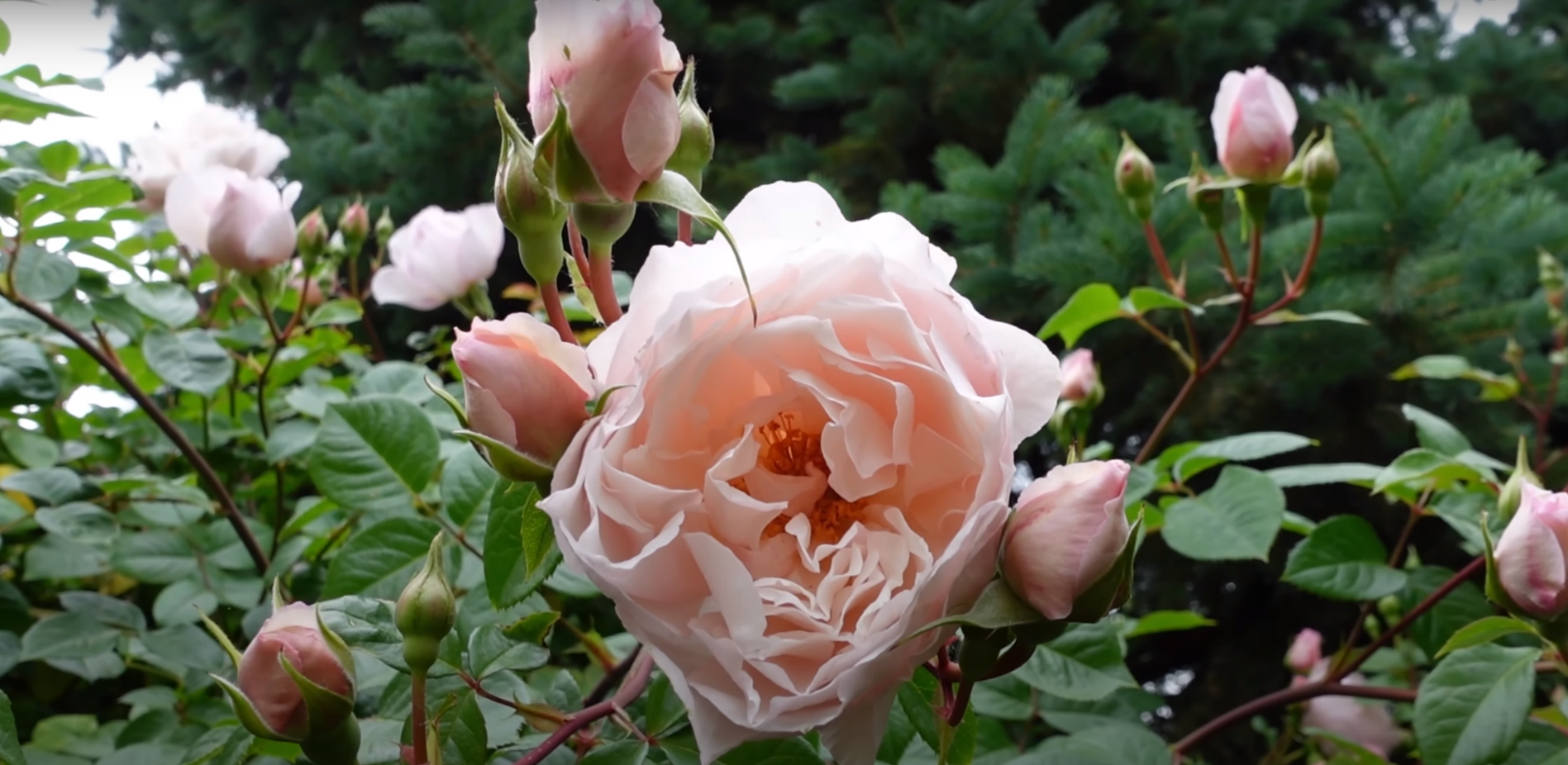
Do Rose Leaves Grow Back?
When the leaves on your rose bush turn yellow and brown, it can be disheartening to think they are gone for good. But before you panic, know that in many cases rose leaves do grow back—so long as the plant is healthy and conditions are favorable.
In some cases, however, the yellow and brown leaves will not return. If the rose bush is diseased, a complete replacement may be necessary in order to keep other plants nearby from becoming infected. If you can identify the specific problem—for example, powdery mildew or black spot—treat it early on to prevent further damage.
In conclusion, when rose leaves turn yellow and brown it’s not necessarily cause for alarm. Taking preventive measures and monitoring your plant closely will go a long way towards ensuring that new leaves emerge soon. And if your rose bush does become too damaged to save, don’t despair! There are plenty of other ways to nurture your green thumb.
How Much Water Do Roses Need?
When roses begin to show signs of yellowing, browning, or wilting leaves, one of the first questions to ask is whether they are receiving enough water. Properly hydrated rose bushes should be watered deeply and slowly about once a week during dry conditions. Roses require about 1 inch of water per week; if rain does not provide this amount, then supplemental watering will need to be done with a garden hose or soaker hose.
When you water your roses, make sure that the water runs down into the soil below the roots and not just on top of the soil where it can evaporate quickly. Water droplets on the foliage may create an ideal environment for fungal and bacterial diseases to take hold in a rose bush. Avoid wetting the foliage as much as possible when you water. [5]
How Do You Save Overwatered Roses?
If you find yourself with an overwatered rose, it’s important to take action quickly. Excess water can cause root rot, which can be fatal for your plant. The best way to save an overwatered rose is by providing better drainage and reducing the amount of water given.
Second, reduce how much water you give your roses each time you water them. You should only give your roses enough water to moisten the top few inches of soil, and allow the soil to dry out completely between each watering. It is also important to avoid overhead watering, which can cause leaves and buds to stay wet for extended periods of time.
Finally, make sure that your roses are receiving adequate sunlight and air circulation. Roses need at least six hours of sunlight per day and good air circulation to thrive. If possible, try to move your rose plant outdoors into an area with full sun exposure and plenty of airflow.
By following these steps, you can save overwatered roses from potential root rot and help them become healthy again in no time! [6]
FAQ
Why are my rose bush leaves turning yellow and brown?
Your rose bush’s leaves may be turning yellow and brown due to a number of factors, including inadequate watering, too much sun exposure, pests or diseases, nutrient deficiencies in the soil, or cold temperatures. It is important to diagnose the cause of your rose bush’s yellowing and browning leaves in order to determine how best to address it.
How can I tell if my rose bush needs more water?
If your rose bush’s leaves are drooping and wilting despite having been recently watered, then this could indicate that it needs more water. Additionally, you can check the dryness of the soil by sticking your finger into it – if it feels dry about an inch down from the surface, then it’s time to water your rose bush again.
Are pests or diseases causing my rose bush’s yellow and brown leaves?
Pests such as aphids, mites, thrips, and whiteflies can cause yellowing and browning of rose bush leaves. If you notice any of these pests on the leaves or stems of your rose bush, then it is important to immediately take action by applying an appropriate insecticide. Additionally, certain fungal and bacterial diseases may also be responsible for discoloring your rose bush’s leaves – in this case, pruning off infected parts of the plant and applying a fungicidal spray may help to address the issue.
What should I do if my soil lacks the necessary nutrients for a healthy rose bush?
In order to ensure that your rose bush is getting the proper nutrition, you should conduct a soil test to determine which nutrients are lacking. Once this has been determined, you can then add fertilizer or compost to supplement the soil with the missing nutrients. Additionally, using mulch around the base of your rose bush may also help to improve soil fertility.
What do I need to know about protecting my rose bush from cold temperatures?
If temperatures drop below 25 degrees Fahrenheit, then it’s important to cover your rose bush in horticultural fleece or burlap to protect it from frost and freezing winds. Additionally, be sure to water your rose bush deeply before a hard freeze – thi will help to ensure that the roots of your rose bush have adequate moisture to survive the cold temperatures.
What other steps can I take to protect my rose bush?
Be sure to regularly inspect your rose bush for signs of disease, pests, or nutrient deficiencies. Additionally, prune off any dead or diseased branches and leaves as soon as possible in order to prevent them from spreading further damage. Finally, make sure to water your rose bush deeply at least once a week during dry periods. By following these simple steps, you can help keep your rose bush healthy and vibrant.
Should I cut yellow leaves off roses?
It is best to avoid cutting yellow leaves off roses unless absolutely necessary. Pruning rose bushes too much can cause excessive stress that will damage the plant and reduce its blooms for the season. Instead, it is better to take steps to help your roses recover from whatever has caused their leaves to turn yellow or brown. First, check your rose bush for any signs of pests or diseases, such as fungal spots on the leaves, buds, or stems. If you find any of these problems present, treat them with an appropriate fungicide or insecticide according to the product instructions. Second, consider increasing the amount of water you give your roses. Brown tips on rose leaves are often a sign of dehydration. However, make sure to check the soil first – if it is damp, then your roses may not need more water. Finally, feeding your rose bush with a balanced fertilizer can help boost its health and vigor. Follow the product instructions for dosing and frequency.
Can yellow rose leaves turn green again?
Unfortunately, once rose leaves turn yellow, they will not turn green again. However, this doesn’t necessarily mean that the plant is dead or dying. If the leaves are yellowing and/or browning due to environmental factors such as excessive sunlight or low humidity, it may be possible to save the plant by providing more shade and better irrigation. If yellowing and/or browning of rose leaves is caused by an insect infestation or a disease, then there are several treatments available to help revive the plant. To treat an insect infestation, start by removing any insects on the leaves with a cotton swab dipped in rubbing alcohol. Then apply an insecticidal soap or neem oil solution to get rid of any eggs and larvae. To treat a disease, remove any infected leaves and apply a fungicide to the remaining healthy foliage. Finally, make sure your rose plant is getting enough water, nutrients, sunlight and air circulation to ensure proper growth.
What are the benefits of growing roses?
Growing roses is a great way to add beauty, color, and fragrance to your garden. Roses come in a wide variety of colors, shapes, and sizes that can be used to create stunning displays with the right care and maintenance. They are also relatively low-maintenance compared to other ornamental plants, making them an ideal choice for many gardeners. Roses have a long history as symbols of love and admiration, and they provide wonderful cut flowers for bouquets or arrangements. In addition to their aesthetic value, they have several health benefits including being rich in vitamin C which helps boost immunity against colds and other illnesses.
Useful Video: 3 Main Causes of Yellow/Chlorotic Leaves on ROSES (Unexpected guests)!
Conclusion
In conclusion, rose leaves turning yellow and brown can be caused by a variety of factors. These include nutrient deficiencies, pests, diseases, environmental stressors, and incorrect watering practices. To treat the problem, it is important to first identify what is causing the discolored foliage. Once identified, specific treatments can then be implemented accordingly to restore the health of your roses. With proper care and attention, it’s possible for you to keep your roses healthy and vibrant for years to come.
References:
- https://www.gardenerbasics.com/blog/yellow-leaves-on-roses
- https://www.allaboutgardening.com/roses-yellow-leaves/
- https://www.gardeningknowhow.com/ornamental/flowers/roses/yellow-rose-leaves.htm
- https://www.gardeningchores.com/rose-leaves-turning-yellow/
- https://gardenerspath.com/plants/flowers/yellow-rose-leaves/
- https://www.hgtv.com/outdoors/flowers-and-plants/flowers/rose-leaves-turning-yellow







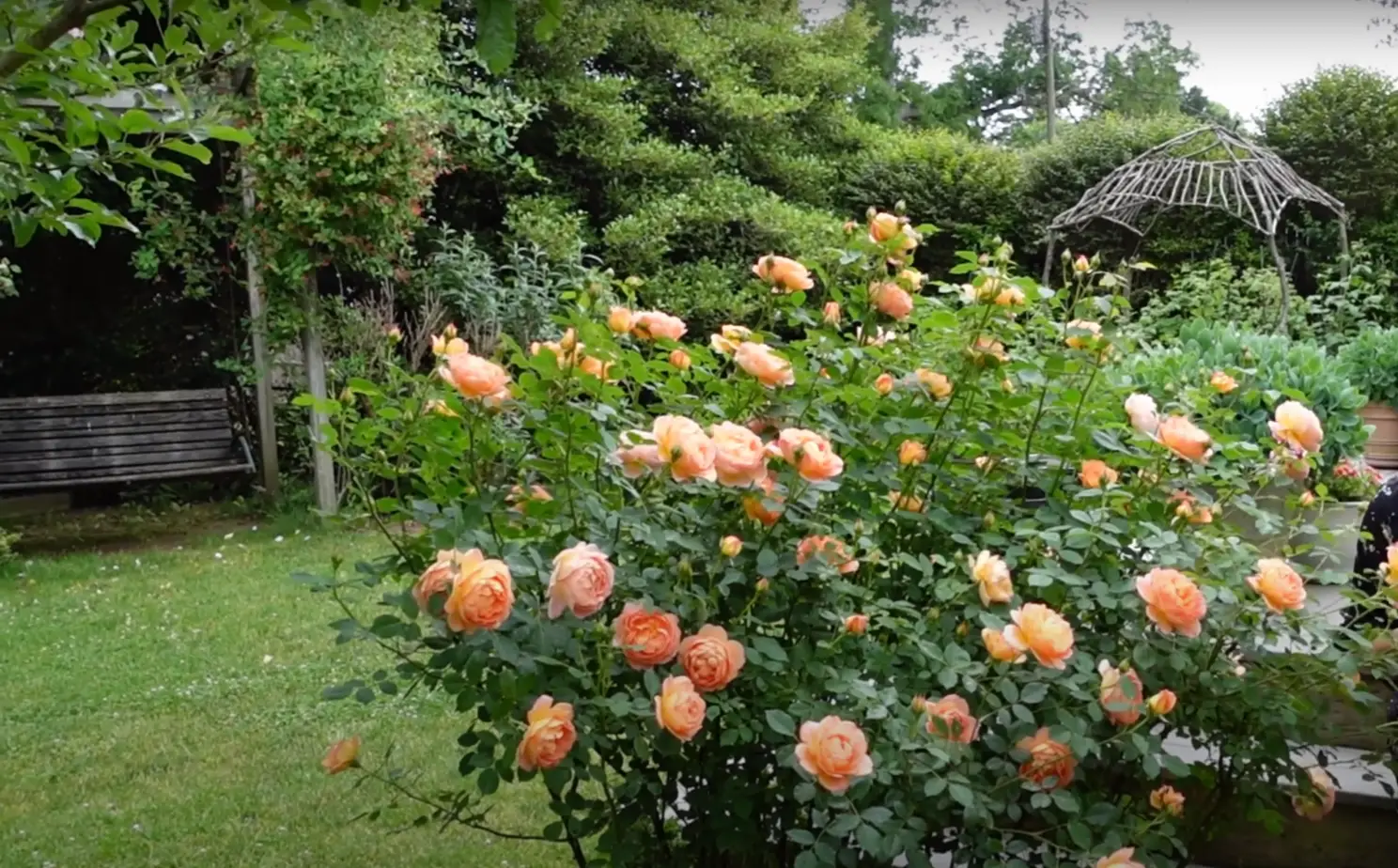


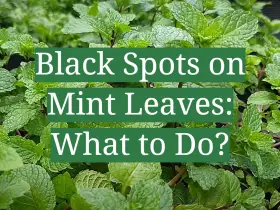

Leave a Reply
View Comments